Occupation Writer Children 3 Nationality American Name Henry Miller | Period 1934–80 Role Writer Genre Surrealism, novel | |
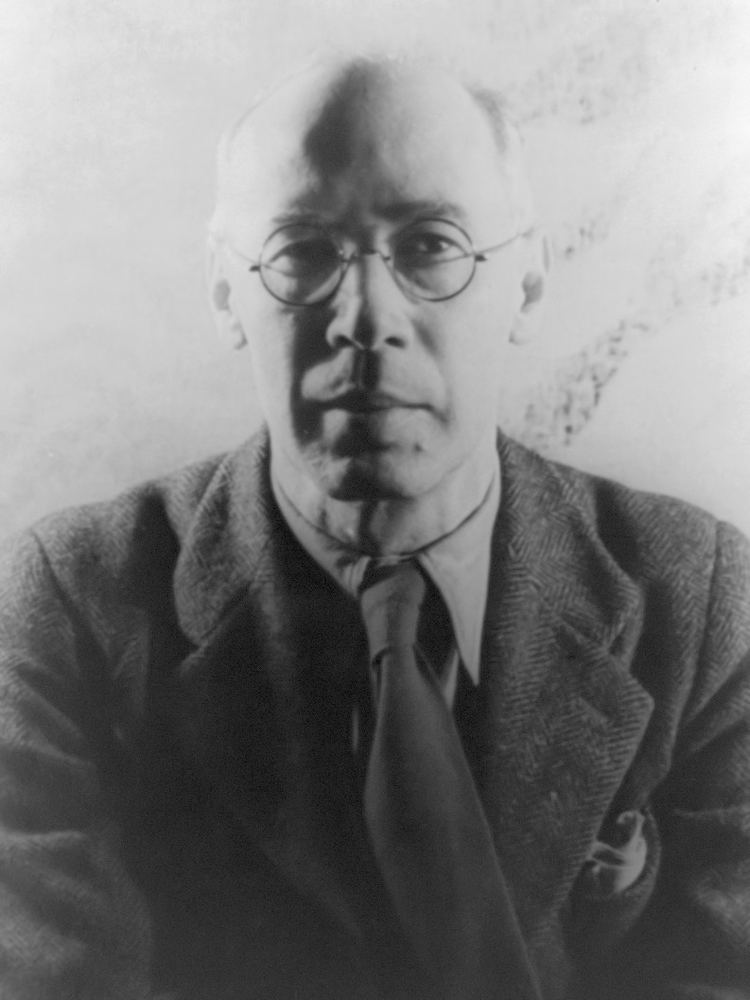 | ||
Born Henry Valentine MillerDecember 26, 1891Yorkville, Manhattan ( 1891-12-26 ) Notable works Tropic of CancerBlack SpringTropic of CapricornThe Colossus of MaroussiThe Rosy Crucifixion Spouse Hiroko Tokuda (m. 1967–1977) Movies Quiet Days in Clichy, Women & Men 2, L' Entretien Books Tropic of Cancer, Tropic of Capricorn, Sexus, Black Spring, Plexus Similar People Anais Nin, June Miller, Ernest Hemingway, Jack Kerouac, James Joyce | ||
The henry miller odyssey 1969
Henry Valentine Miller (December 26, 1891 – June 7, 1980) was an American writer, expatriated in Paris at his flourishing. He was known for breaking with existing literary forms, developing a new sort of semi-autobiographical novel that blended character study, social criticism, philosophical reflection, explicit language, sex, surrealist free association, and mysticism. His most characteristic works of this kind are Tropic of Capricorn, The Colossus of Maroussi, The Time of the Assassins, and The Books in My Life, many of which are based on his experiences in New York and Paris (some of which were banned in the United States until 1961), adding Big Sur and the Oranges of Heronymous Bosch while finally residing in Big Sur, California. He also wrote travel memoirs and literary criticism, and painted watercolors.
Contents
- The henry miller odyssey 1969
- Henry miller recalls and reflects interview 1956 1 9
- Early life
- Brooklyn 191730
- Paris 193039
- Greece 193940
- California 194280
- Death
- US publication of previously banned works
- Watercolors
- Literary archives
- Miller as himself
- Actors portraying Miller
- Comments from overseas
- References
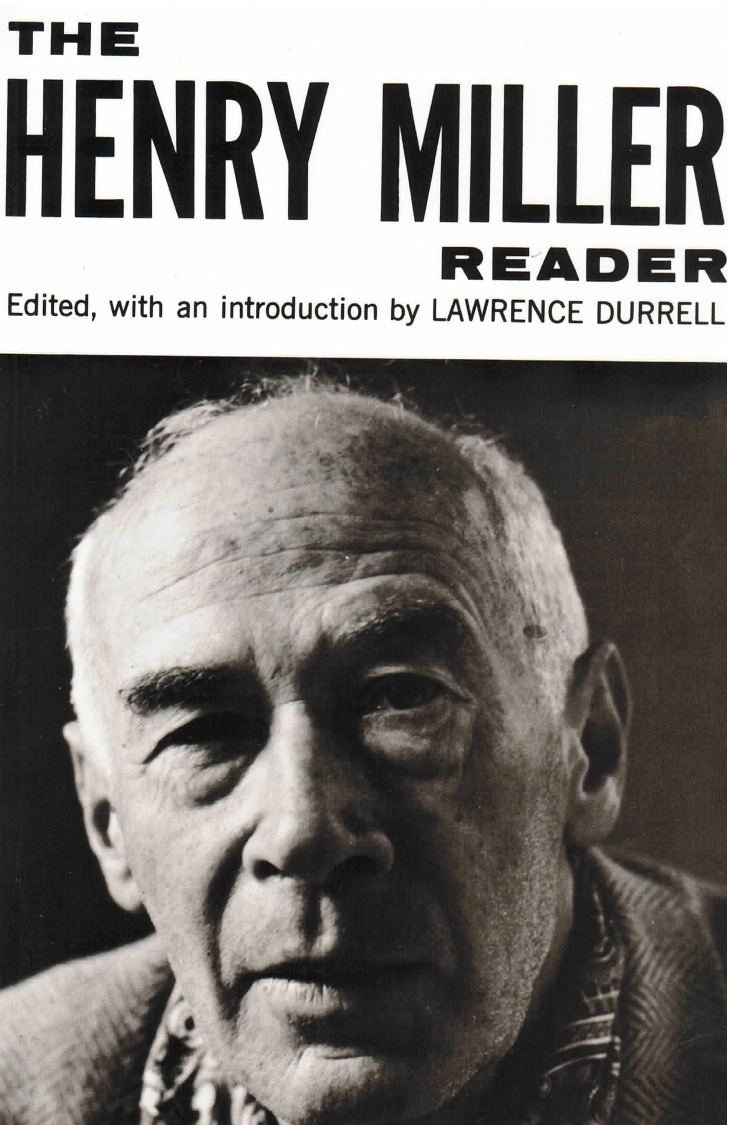
Henry miller recalls and reflects interview 1956 1 9
Early life

Miller was born at his family's home, 450 East 85th Street, in the Yorkville section of Manhattan, New York City. He was the son of Lutheran German parents, Louise Marie (Neiting) and tailor Heinrich Miller. As a child, he lived for nine years at 662 Driggs Avenue in Williamsburg, Brooklyn, known at that time (and referred to frequently in his works) as the Fourteenth Ward. In 1900, his family moved to 1063 Decatur Street in the Bushwick section of Brooklyn. After finishing elementary school, although his family remained in Bushwick, Miller attended Eastern District High School in Williamsburg. As a young man, he was active with the Socialist Party of America (his "quondam idol" was the black Socialist Hubert Harrison). He attended the City College of New York for one semester.
Brooklyn, 1917–30
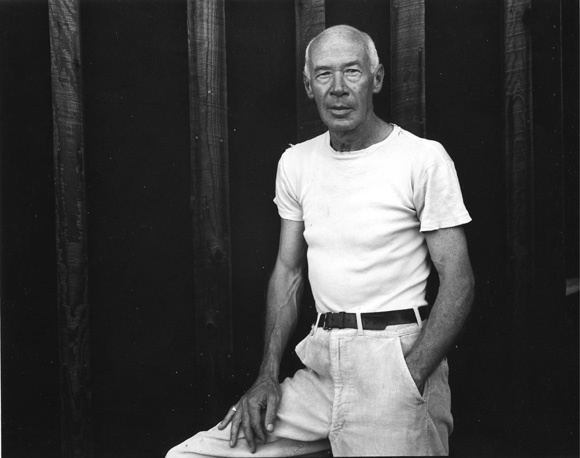
Miller married his first wife, Beatrice Sylvas Wickens, in 1917; their divorce was granted on December 21, 1923. Together they had a daughter, Barbara, born in 1919. They lived in an apartment at 244 6th Avenue in Park Slope, Brooklyn. At the time, Miller was working at Western Union; he worked there from 1920-24. In March 1922, during a three-week vacation, he wrote his first novel, Clipped Wings. It has never been published, and only fragments remain, although parts of it were recycled in other works, such as Tropic of Capricorn. A study of twelve Western Union messengers, Miller called Clipped Wings "a long book and probably a very bad one."
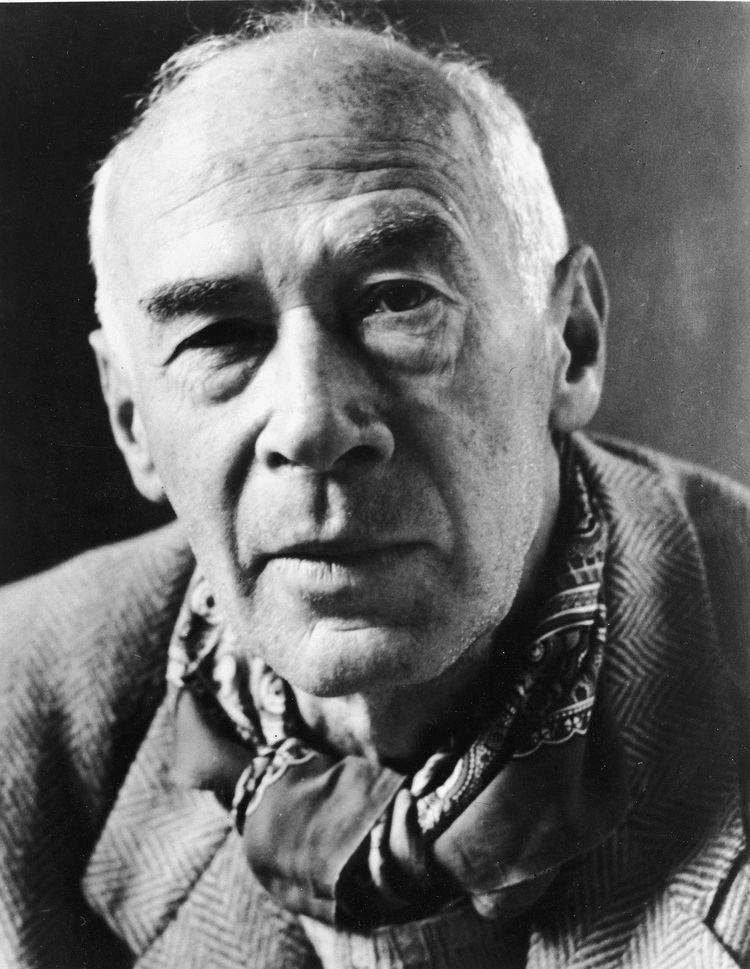
In 1923, while he was still married to Beatrice, Miller met and became enamored of a mysterious dance hall dancer who was born Juliet Edith Smerth but went by the stage name June Mansfield. She was 21 at the time. They began an affair, and were married on June 1, 1924. In 1924 Miller quit Western Union in order to dedicate himself completely to writing. Miller later describes this time – his struggles to become a writer, his sexual escapades, failures, friends, and philosophy – in his autobiographical trilogy The Rosy Crucifixion.
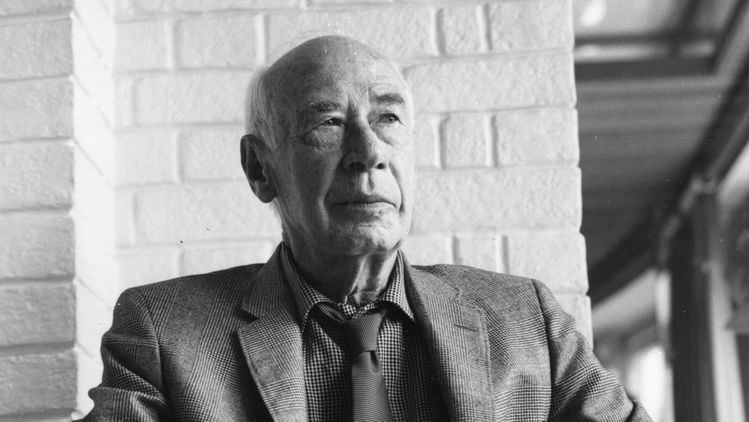
Miller's second novel, Moloch: or, This Gentile World, was written in 1927–28, initially under the guise of a novel written by June. A rich older admirer of June, Roland Freedman, paid her to write the novel; she would show him pages of Miller's work each week, pretending it was hers. The book went unpublished until 1992, 65 years after it was written and 12 years after Miller’s death. Moloch is based on Miller’s first marriage, to Beatrice, and his years working as a personnel manager at the Western Union office in Lower Manhattan. A third novel written around this time, Crazy Cock, also went unpublished until after Miller's death. Initially titled Lovely Lesbians, Crazy Cock (along with his later novel Nexus) told the story of June's close relationship with the artist Marion, whom June had renamed Jean Kronski. Kronski lived with Miller and June from 1926 until 1927, when June and Kronski went to Paris together, leaving Miller behind, which upset him greatly. Miller suspected the pair of having a lesbian relationship. While in Paris, June and Kronski did not get along, and June returned to Miller several months later. Kronski committed suicide around 1930.
Paris, 1930–39
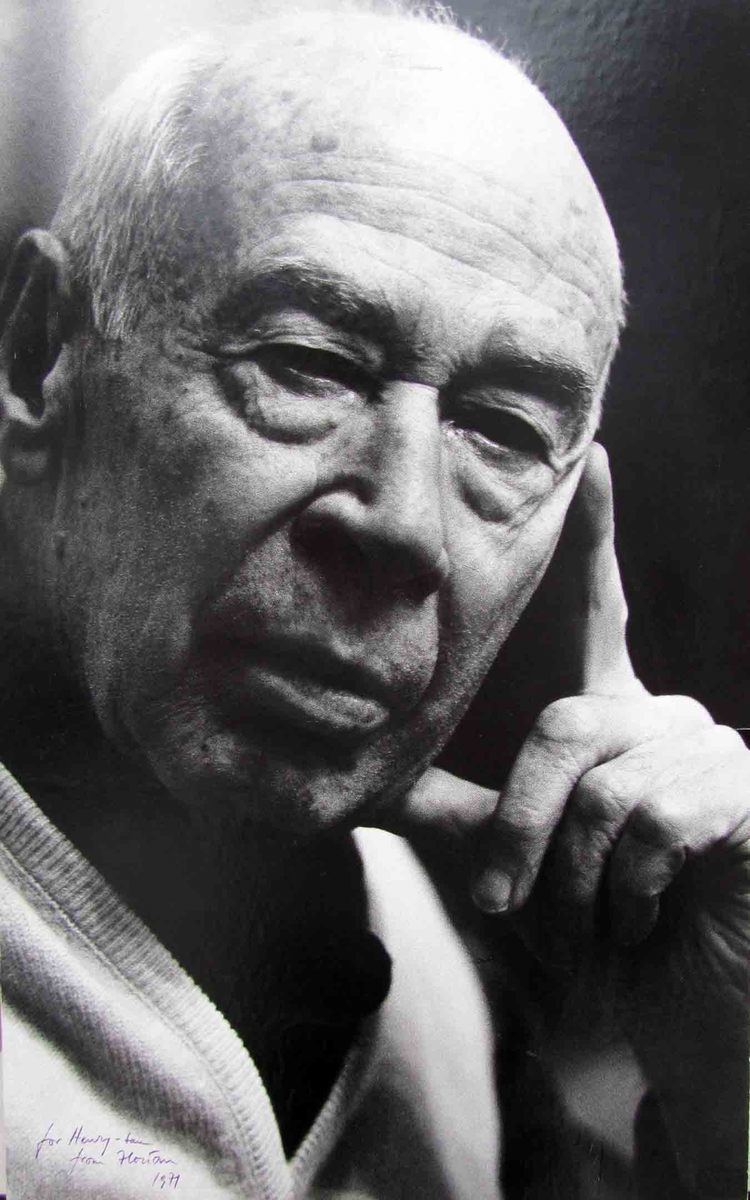
In 1928, Miller spent several months in Paris with June, a trip which was financed by Freedman. One day on a Paris street, Miller met another author, Robert W. Service, who recalled the story in his autobiography: "Soon we got into conversation which turned to books. For a stripling he spoke with some authority, turning into ridicule the pretentious scribes of the Latin Quarter and their freak magazine." In 1930, Miller moved to Paris unaccompanied. Soon after, he began work on Tropic of Cancer, writing to a friend, "I start tomorrow on the Paris book: First person, uncensored, formless - fuck everything!" Although Miller had little or no money the first year in Paris, things began to change after meeting Anaïs Nin who, with Hugh Guiler, went on to pay his entire way through the 1930s including the rent for an apartment at 18 Villa Seurat. Nin became his lover and financed the first printing of Tropic of Cancer in 1934 with money from Otto Rank. She would write extensively in her journals about her relationship with Miller and his wife June; the first volume, covering the years 1931-34, was published in 1966. Late in 1934, June divorced Miller by proxy in Mexico City.
In 1931, Miller was employed by the Chicago Tribune Paris edition as a proofreader, thanks to his friend Alfred Perlès who worked there. Miller took this opportunity to submit some of his own articles under Perlès' name, since at that time only the editorial staff were permitted to publish in the paper. This period in Paris was highly creative for Miller, and during this time he also established a significant and influential network of authors circulating around the Villa Seurat. At that time a young British author, Lawrence Durrell, became a lifelong friend. Miller's correspondence with Durrell was later published in two books. During his Paris period he was also influenced by the French Surrealists.
His works contain detailed accounts of sexual experiences. His first published book, Tropic of Cancer (1934), was published by Obelisk Press in Paris and banned in the United States on the grounds of obscenity. The dust jacket came wrapped with a warning: "Not to be imported into the United States or Great Britain." He continued to write novels that were banned; along with Tropic of Cancer, his Black Spring (1936) and Tropic of Capricorn (1939) were smuggled into his native country, building Miller an underground reputation. While the aforementioned novels remained banned in the US for over two decades, in 1939, New Directions published The Cosmological Eye, Miller's first book to be published in America. The collection contained short prose pieces, most of which originally appeared in Black Spring and Max and the White Phagocytes (1938).
Miller lived in France until June 1939.
Greece, 1939–40
In 1939 Durrell, who lived in Corfu, invited Miller to Greece. Miller described the visit in The Colossus of Maroussi (1941), which he considered his best book. One of the first acknowledgments of Henry Miller as a major modern writer was by George Orwell in his 1940 essay "Inside the Whale", where he wrote:
Here in my opinion is the only imaginative prose-writer of the slightest value who has appeared among the English-speaking races for some years past. Even if that is objected to as an overstatement, it will probably be admitted that Miller is a writer out of the ordinary, worth more than a single glance; and after all, he is a completely negative, unconstructive, amoral writer, a mere Jonah, a passive acceptor of evil, a sort of Whitman among the corpses.
California, 1942–80
In 1940, Miller returned to New York; after a year-long trip around the United States, a journey that would become material for The Air-Conditioned Nightmare, he moved to California in June 1942, initially residing just outside Hollywood in Beverly Glen, before settling in Big Sur in 1944. While Miller was establishing his base in Big Sur, the Tropic books, then still banned in the USA, were being published in France by the Obelisk Press and later the Olympia Press. There they were acquiring a slow and steady notoriety among both Europeans and the various enclaves of American cultural exiles. As a result, the books were frequently smuggled into the States, where they proved to be a major influence on the new Beat Generation of American writers, most notably Jack Kerouac, the only Beat writer Miller truly cared for. By the time his banned books were published in the 1960s and he was becoming increasingly well-known, Miller was no longer interested in his image as an outlaw writer of smut-filled books; however, he eventually gave up fighting the image.
In 1942, shortly before moving to California, Miller began writing Sexus, the first novel in The Rosy Crucifixion trilogy, a fictionalized account documenting the six-year period of his life in Brooklyn falling in love with June and struggling to become a writer. Like several of his other works, the trilogy, completed in 1959, was initially banned in the United States, published only in France and Japan. In other works written during his time in California, Miller was widely critical of consumerism in America, as reflected in Sunday After The War (1944) and The Air-Conditioned Nightmare (1945). His Big Sur and the Oranges of Hieronymus Bosch, published in 1957, is a collection of stories about his life and friends in Big Sur.
In 1944, Miller met and married his third wife, Janina Martha Lepska, a philosophy student who was 30 years his junior. They had two children: a son, Tony, and a daughter, Valentine. They divorced in 1952. The following year, he married artist Eve McClure, who was 37 years his junior. They divorced in 1960, and she died in 1966, likely as a result of alcoholism. In 1961, Miller arranged a reunion in New York with his ex-wife and main subject of The Rosy Crucifixion trilogy, June. They hadn't seen each other in nearly three decades. In a letter to Eve, he described his shock at June's "terrible" appearance, as she had by then degenerated both physically and mentally.
In 1959, Miller wrote a short story which he called his “most singular story.” It is truly a work of fiction entitled "The Smile At the Foot of the Ladder".
In February 1963, Miller moved to 444 Ocampo Drive, Pacific Palisades, Los Angeles, California, where he would spend the last 17 years of his life. In 1967, Miller married his fifth wife, Hoki Tokuda. In 1968, Miller signed the “Writers and Editors War Tax Protest” pledge, vowing to refuse tax payments in protest against the Vietnam War. After his move to Ocampo Drive, he held dinner parties for the artistic and literary figures of the time. His cook and caretaker was a young artist's model named Twinka Thiebaud who later wrote a book about his evening chats. Thiebaud's memories of Miller's table talk were published in a rewritten and retitled book in 2011.
Only 200 copies of Miller's 1972 chapbook On Turning Eighty were published. Published by Capra Press, in collaboration with Yes! Press, it was the first volume of the "Yes! Capra" chapbook series and is 34 pages in length. The book contains three essays on topics such as aging and living a meaningful life. In relation to reaching 80 years of age, Miller explains:
If at eighty you’re not a cripple or an invalid, if you have your health, if you still enjoy a good walk, a good meal (with all the trimmings), if you can sleep without first taking a pill, if birds and flowers, mountains and sea still inspire you, you are a most fortunate individual and you should get down on your knees morning and night and thank the good Lord for his savin’ and keepin’ power.
Late in life, Miller filmed with Warren Beatty for the 1981 film Reds, which was also directed by Beatty. He spoke of his remembrances of John Reed and Louise Bryant as part of a series of "witnesses." The film was released eighteen months after Miller's death. During the last four years of his life, Miller held an ongoing correspondence of over 1,500 letters with Brenda Venus, a young Playboy playmate, actress and dancer. A book about their correspondence was published in 1986.
Death
Miller died of circulatory complications at his home in Pacific Palisades on June 7, 1980, at the age of 88. His body was cremated and his ashes shared between his son Tony and daughter Val. Tony has stated that he ultimately intends to have his ashes mixed with those of his father and scattered in Big Sur.
US publication of previously banned works
The publication of Miller's Tropic of Cancer in the United States in 1961 by Grove Press led to a series of obscenity trials that tested American laws on pornography. The U.S. Supreme Court, in Grove Press, Inc., v. Gerstein, citing Jacobellis v. Ohio (which was decided the same day in 1964), overruled the state court findings of obscenity and declared the book a work of literature; it was one of the notable events in what has come to be known as the sexual revolution. Elmer Gertz, the lawyer who successfully argued the initial case for the novel's publication in Illinois, became a lifelong friend of Miller's; a volume of their correspondence has been published. Following the trial, in 1964–65, other books of Miller's which had also been banned in the US were published by Grove Press: Black Spring, Tropic of Capricorn, Quiet Days in Clichy, Sexus, Plexus and Nexus. Excerpts from some of these banned books, including Tropic of Cancer, Black Spring and Sexus, were first published in the US by New Directions in The Henry Miller Reader in 1959.
Watercolors
In addition to his literary abilities, Miller produced numerous watercolor paintings and wrote books on this field. He was a close friend of the French painter Grégoire Michonze. It is estimated that Miller painted 2,000 watercolors during his life, and that 50 or more major collections of Miller’s paintings exist. The Harry Ransom Center at the University of Texas at Austin holds a selection of Miller's watercolors, as did the Henry Miller Museum of Art in Ōmachi City in Nagano, Japan, before closing in 2001. Miller's daughter Valentine placed some of her father's art for sale in 2005. He was also an amateur pianist.
Literary archives
Miller's papers can be found in the following library special collections:
Miller's friend Emil White founded the nonprofit Henry Miller Memorial Library in Big Sur in 1981. This houses a collection of his works and celebrates his literary, artistic and cultural legacy by providing a public gallery as well as performance and workshop spaces for artists, musicians, students, and writers.
Miller as himself
Miller appeared as himself in several films:
Actors portraying Miller
Several actors played Miller on film, such as:
Comments from overseas
Henry Miller is more like a figure described and predicted by litterateur than a litterateur himself. He is a copy of the American in the novel The Ambassadors. Naive American bumpkin went to Paris and captured by the superficial dedicated European culture. Then gradually corrupted and became a hollow man, losing his pursuit and covering his emptiness and confusion with more and more detailed life experience. The greater his achievement is, the more distant he is away from home. Henry Miller is such an figure. His real life is more interesting than the literature figures he created in his works. -------- William Liu
